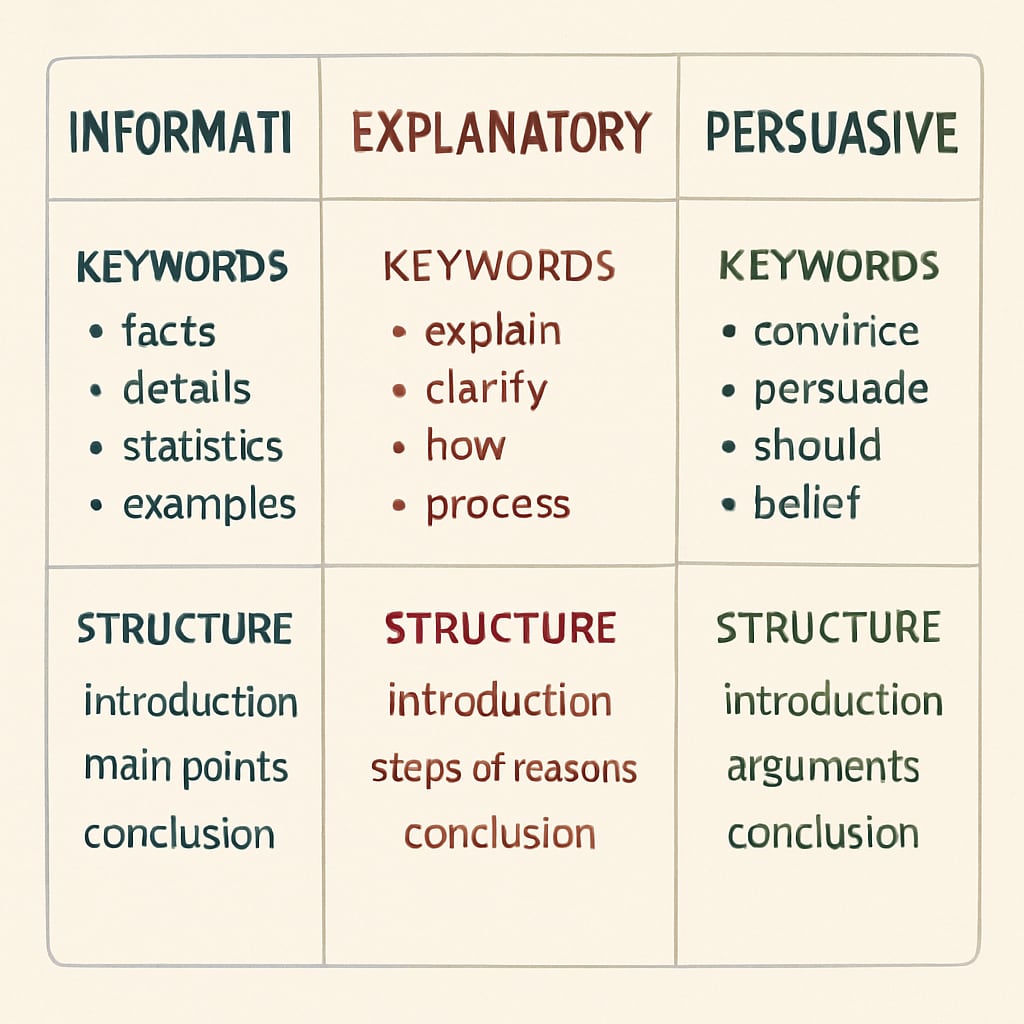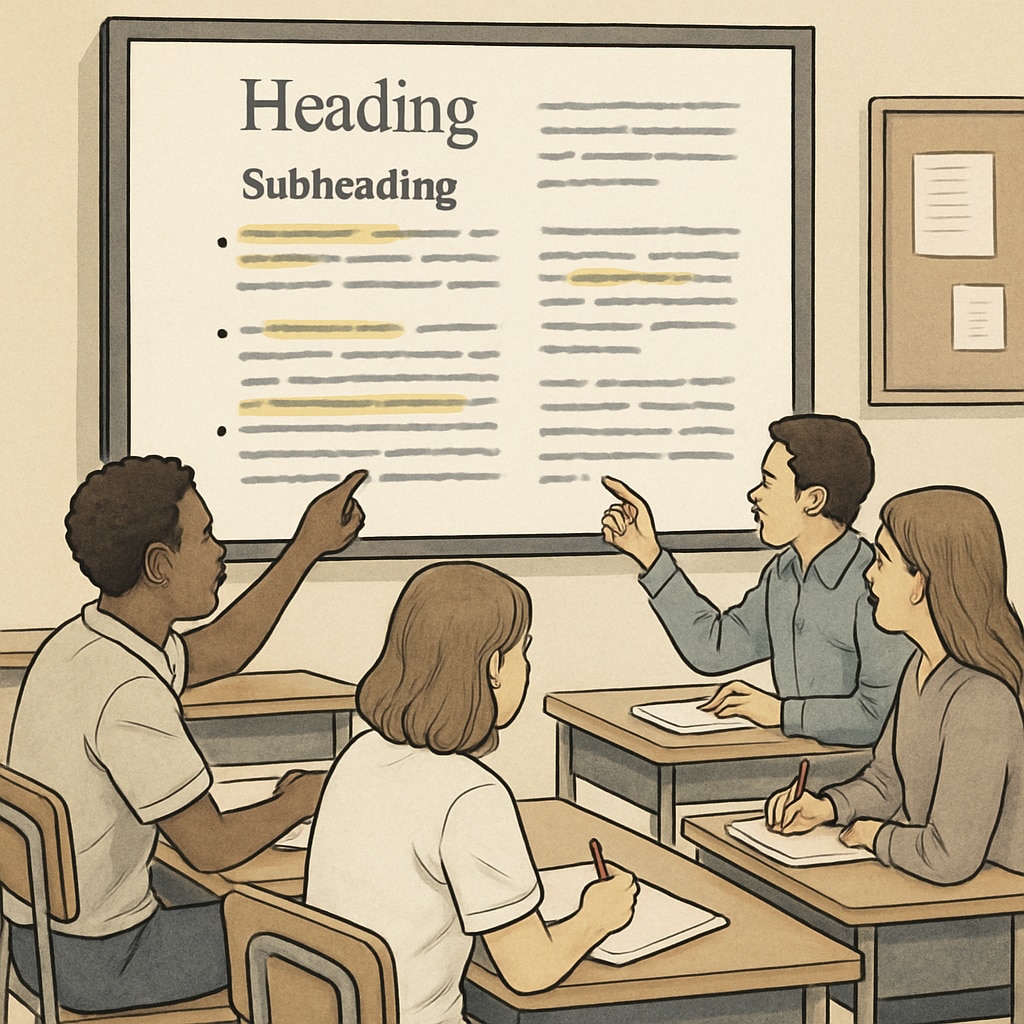Functional English reading tests, especially at the second level, often require students to determine the purpose of a given text. This task can be challenging, as it involves distinguishing between informational, explanatory, and persuasive content. In this article, we’ll explore effective strategies and provide examples to help students overcome these difficulties and enhance their reading comprehension skills.
Understanding Text Purpose: Informational, Explanatory, and Persuasive Texts
One of the primary challenges in Functional English reading tests is identifying the text’s purpose. Texts are typically designed to inform, explain, or persuade, and understanding these distinctions is essential for accurate comprehension.
- Informational Texts: These provide facts, data, and knowledge about a subject. They aim to educate the reader without offering opinions or arguments.
- Explanatory Texts: These clarify how or why something works, often using examples, processes, or cause-and-effect relationships.
- Persuasive Texts: These aim to convince the reader of a particular viewpoint or action, often using arguments, emotional appeals, or rhetorical questions.
To differentiate among these text types, students should focus on the language used, the structure of the text, and the presence of opinions or arguments. For example, a persuasive text may use phrases like “You must consider…” or “It’s essential to…” while an informational text would present neutral phrases like “The study shows…” or “According to data…”.

Practical Strategies for Identifying Text Purpose
Although understanding the theoretical differences between text types is important, applying this knowledge in a test setting requires practice and strategy. Below are practical tips to help students confidently identify text purposes:
- Analyze Keywords: Pay attention to words that indicate emotion, argument, or neutrality. Persuasive texts often include adjectives or adverbs that evoke feelings, while informational texts use technical or factual terms.
- Examine the Structure: Informational texts typically follow a straightforward structure, while explanatory texts may include steps or sequences. Persuasive texts often end with a call to action or summary of key arguments.
- Consider the Audience: Think about who the text is written for. Informational texts target readers seeking knowledge, explanatory texts focus on clarity, and persuasive texts aim to influence opinions or actions.
- Practice with Examples: Use sample texts to practice discerning their purposes. Websites like Britannica or Wikipedia often contain excellent examples of informational and explanatory texts.
Regular practice using these strategies can significantly enhance students’ ability to distinguish text purposes in reading tests.

Common Challenges and How to Overcome Them
Even with strategies in place, students may encounter specific challenges when identifying text purposes. Below are some common difficulties and solutions:
- Misinterpreting Emotional Language: A text may seem persuasive due to strong language, but it could still be informational. Students should focus on the overall intent of the text, not just isolated phrases.
- Overlooking Structural Cues: Explanatory texts often use transitional phrases like “first,” “next,” or “finally.” Ignoring these cues can lead to misclassification.
- Time Pressure: During tests, limited time can lead to rushed judgments. Practice under timed conditions to build confidence.
By addressing these challenges, students can refine their skills and approach reading tests with greater assurance.
Conclusion: Mastering Functional English Reading Tests
Determining text purposes in Functional English reading tests is a crucial skill that requires understanding, strategy, and practice. By learning to differentiate between informational, explanatory, and persuasive texts, analyzing keywords and structure, and addressing common challenges, students can improve their reading comprehension and test performance. Remember, regular practice is key to mastering this skill!
For more resources on Functional English reading tests, explore trusted educational platforms like Britannica and Wikipedia.


